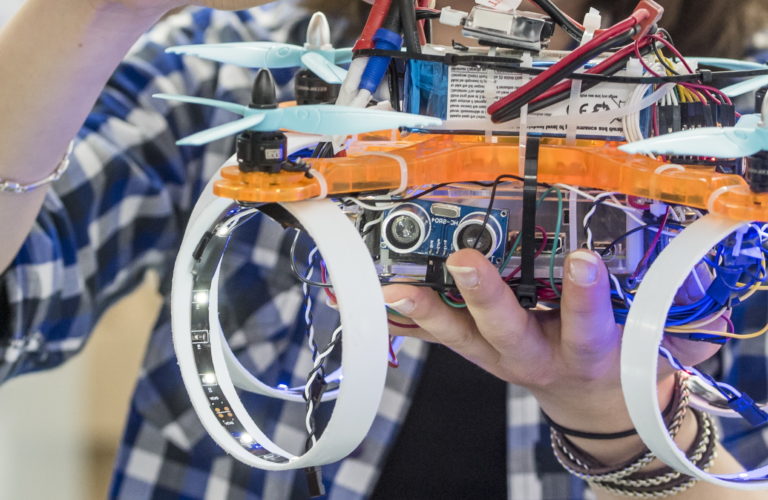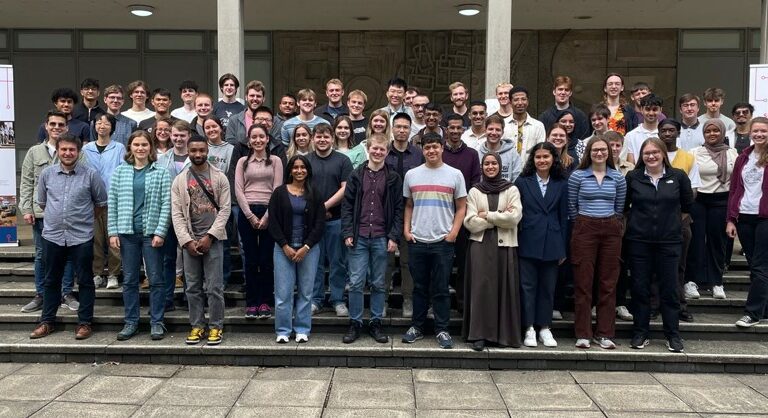“Surely better to be innovative and fail, rather than fail to see what will arrive and consume the value of your organisation.”
Paul Northey
Electronics is about using technology creatively to develop innovative products to help solve problems and make people’s lives better. In this guest blog post by our friend Paul Northey, he talks about the process of innovation. As Paul says, “Innovation is a step into the unknown, you are expected to fail.” This idea of failing being an important part of the development process is echoed by Matthew Syed in his excellent book, Black Box Thinking, in which he argues that failure drives innovation. One of my favourite quotes is attributed to Nelson Mandela and I think it sums it perfectly: “I never lose, either I win or I learn.” Here are Paul’s thoughts about innovation…
Innovation is a gamble, an educated bet on the racecourse. The only thing for sure in Innovative Development is that there will be failures, and if you don’t participate you won’t be innovating.
Innovation is a step into the unknown, you are expected to fail. In fact, reports suggest that 90% of innovative tasks within an organisation should fail; simply, if you are not failing, you are not innovating, you are simply evolving or, at worst, stationary.
However, what is important is that if you fail, you should fail quickly, learn your lessons, and move on. It’s been claimed that James Dyson made 1,000 prototypes of his vacuum cleaner before he perfected the product. His recent public electric vehicle development was an example of innovation, but a fail late in the cycle. Billions of pounds into the project. However, immeasurable technologies, lessons, understandings will have been learnt by the organisation and will exhibit themselves in the future pipeline of products.
The innovative process may have been a great success, however, if can still fail due to pricing, promotion, support. Innovation is not just about products, it is also about business processes. It’s important to have a very holistic view of what a successful innovation launch should involve. You often see great products fail for this very reason. It is important to have a phased gate milestone approach in innovation, with a wide participation and buy in, with transparency and openness. Together with a culture of emotional safety and one that celebrates failure, it’s an essential part of the process.
Many organisations innovate and either stop or fail to see the disruption that is about to overcome them. Some classic examples:
Kodak: World leaders in amateur and pro photography film development, however in 1975 they developed the digital camera. They failed to see the disruption.
Nokia: Dominated the mobile market in the ’90s and early 2000s – they failed to see the importance of data and software platforms.
Blockbuster: Every town and city had a Blockbusters video hire store; they managed the transition to DVD but failed to see the disruption of downloading.
Disruptive innovation is the blindside for many organisations, the inability to see what you have and a failure to see how the world is changing. However, when it arrives your business can be destroyed from market leader to complete failure in matter of years. Always challenge your strengths and ask your self regularly how can what we have can be destroyed.
Surely better to be innovative and fail, rather than fail to see what will arrive and consume the value of your organisation.
Always remember: Failure is the Mother of Innovation.
Paul Northey is the founder and Director of LINKS Global Tech – simply sourcing the best technical talent worldwide.



